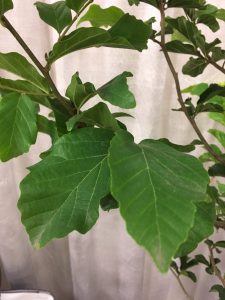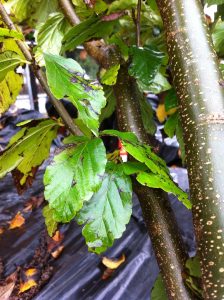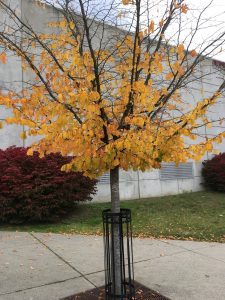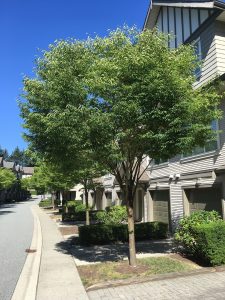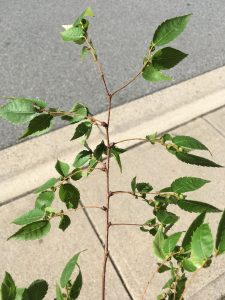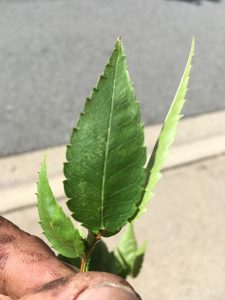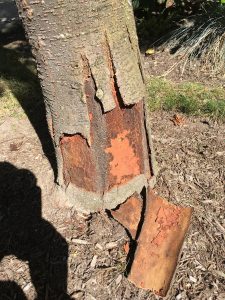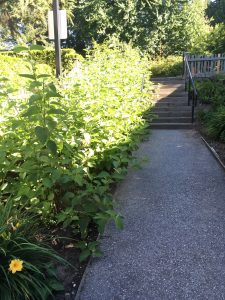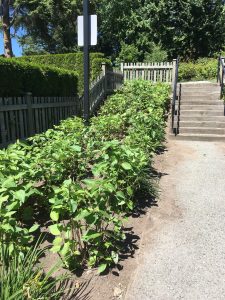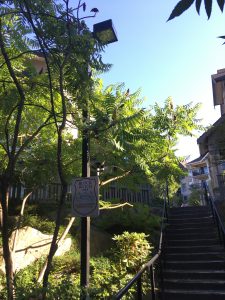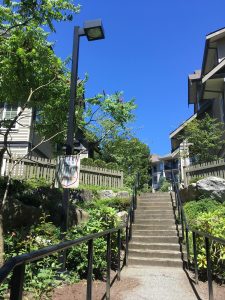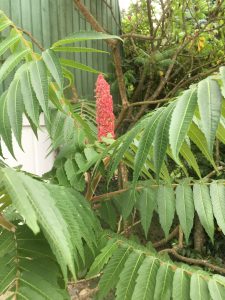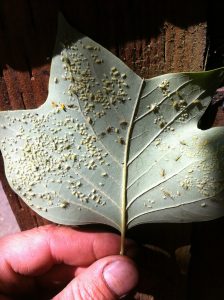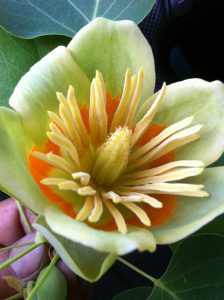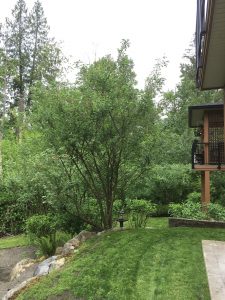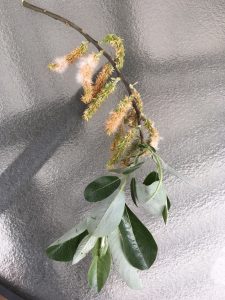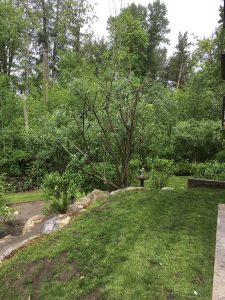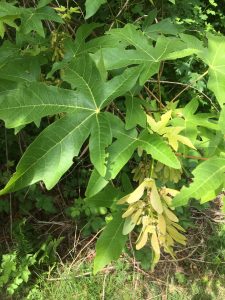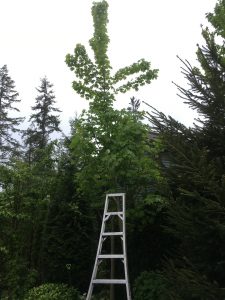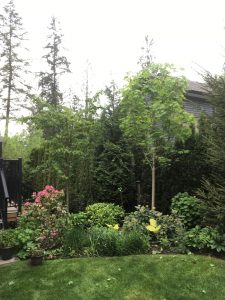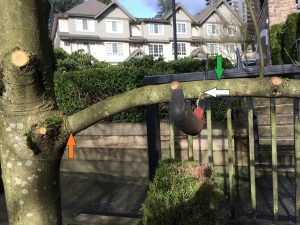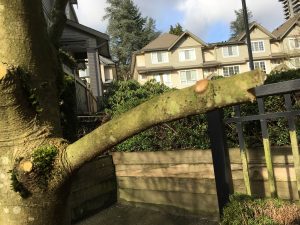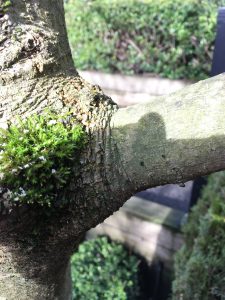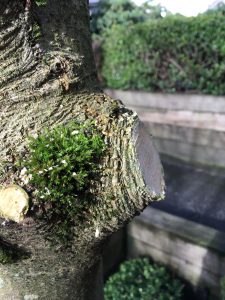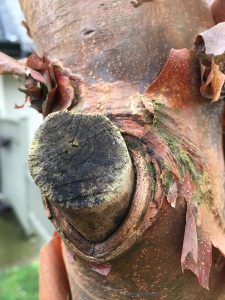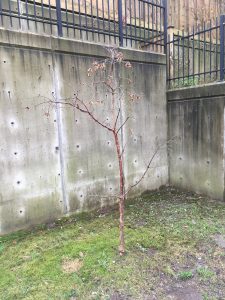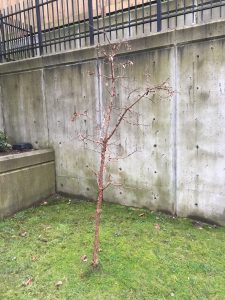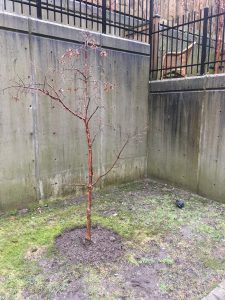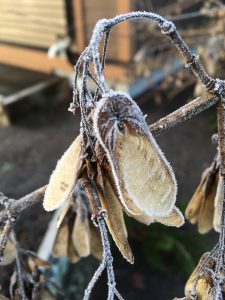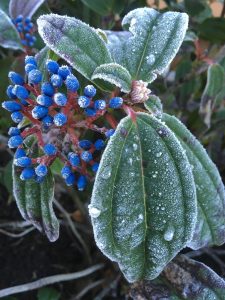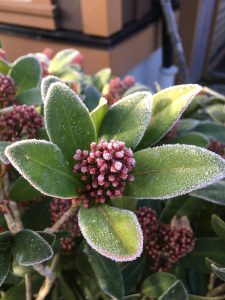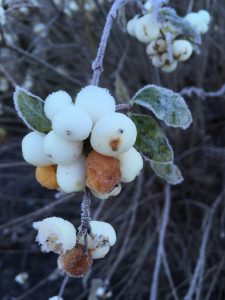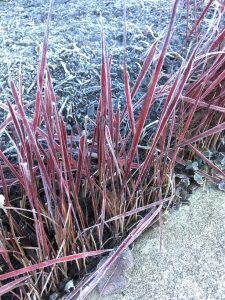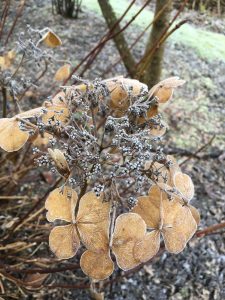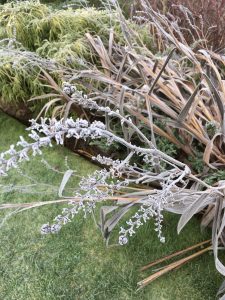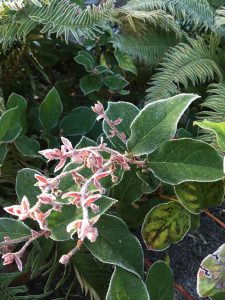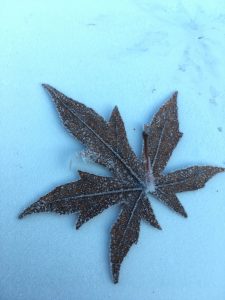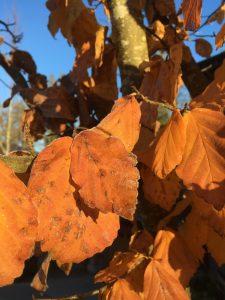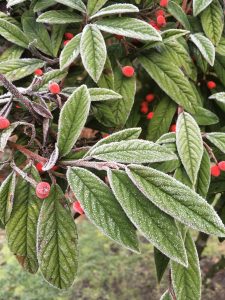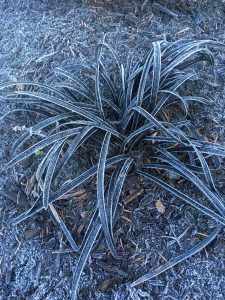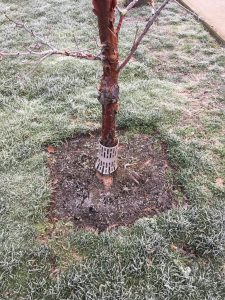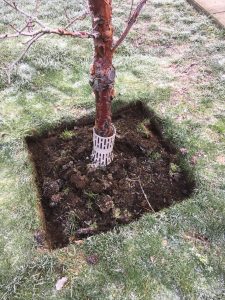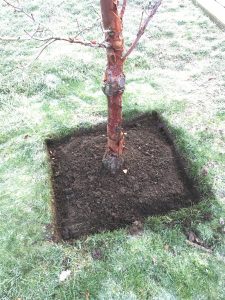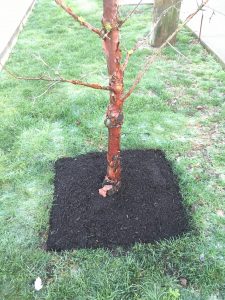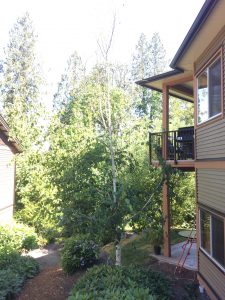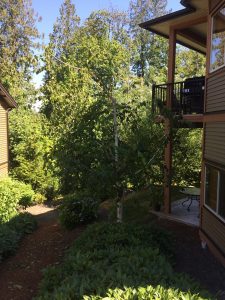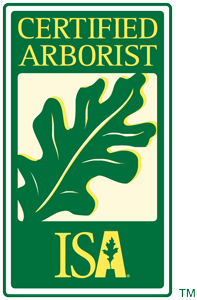I discovered the Persian ironwood tree (Parrotia persica) in 2014 while working for municipal gardener Tracey Mallinson. We had many of these trees at the Poirier complex in Coquitlam, BC. But I didn’t expect this tree species to rock the Urban Foresters Symposium. It was mentioned in two lectures and for good reason. It also appeared in the plant ID contest as one of the 25 specimens.
Bullet proof
In lecture one on urban street and landscape trees, the lecturer referred to Parrotia persica as bullet-proof. Then he introduced us to three new Parrotia persica cultivars (cv.).
Parrotia persica cv. ‘Ruby Vase’ has a more compact crown while P. persica ‘Vanessa’ has a narrow crown habit. The third cultivar is the most interesting. Called P. persica cv. ‘Persian spire’, it’s a slow-growing non-aggressive street tree or it can be used as a hedge plant. The leaves have an awesome purple boarder.
Lecture two
Lecture two covered moisture stress in the landscape. While the lecturer didn’t want to recommend specific species he did cover three tree species he liked. One of them was Parrotia persica, our new bullet-proof friend.
It can handle drier conditions because it comes from the high deserts of Iran. Thus the specific epithet “persica”. It has thick, somewhat hairy leaves. And it tolerates drought and alkaline soil conditions. It doesn’t suffer from any diseases and it has beautiful fall colours.
Cons
Parrotia persica is a slow grower; and the specimens I know from my landscapes tend to have irregular crowns because once in a while a branch pushes out of the crown. But again, it depends on who is looking. Personally, I have no trouble with some idiosyncrasies. Other people freak out when the crown isn’t perfectly round.
I don’t recall any problems with this tree species on any of our strata sites. So bullet-proof it is.
Conclusion
If you’re considering what tree species to plant as our climate goes drier, the bullet-proof Parrotia persica is a great choice. You can try any of the three cultivars mentioned above; and you should expect decent fall colour.


